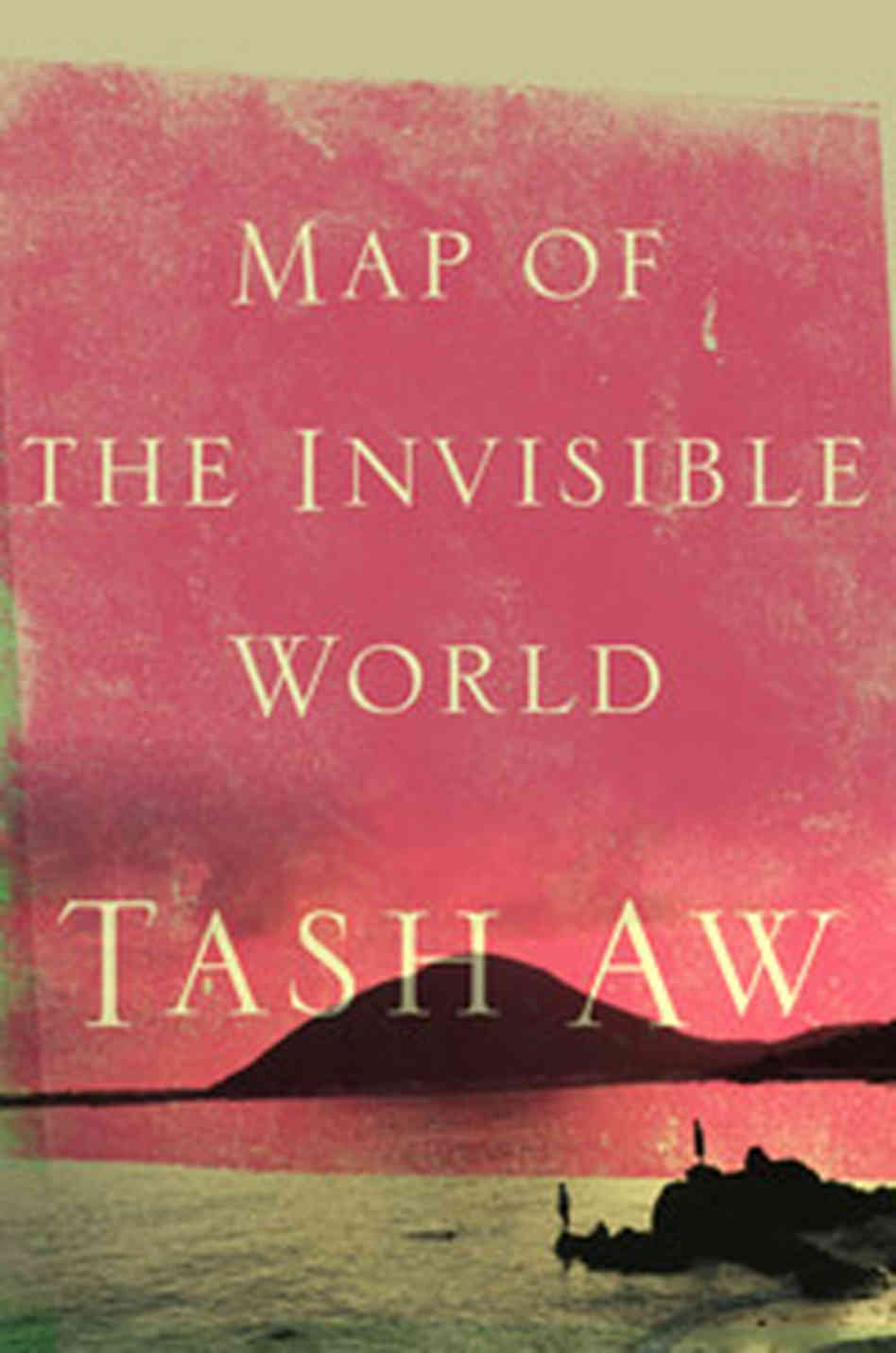Map of the Invisible World by Tash Aw [in Bloomsbury Review]
 Five years ago, Taipei-born Malaysian British Tash Aw landed in the media spotlight with The Harmony Silk Factory, complete with public speculations about an allegedly enormous debut advance. Decorated with multiple important prizes, including Commonwealth and Whitbread first novel awards, Aw’s Factory earned him both fortune and fame.
Five years ago, Taipei-born Malaysian British Tash Aw landed in the media spotlight with The Harmony Silk Factory, complete with public speculations about an allegedly enormous debut advance. Decorated with multiple important prizes, including Commonwealth and Whitbread first novel awards, Aw’s Factory earned him both fortune and fame.
Last May, Aw’s sophomore effort, Map of the Invisible World, arrived on British shelves, but took another eight months to cross the Pond. Without a doubt, as lauded as Aw’s debut was, Map is even better.
At its core, Map is a story about a family in search of home. Set mostly in Indonesia in 1964 during a tumultuous “Vivere Pericoloso … Year of Living Dangerously” as named by then-President Sukarno in his Indonesian Independence Day speech, the two-member de Willigen family comprised of father Karl and son Adam is torn apart by race and politics.
Although Indonesia declared independence in August 1945 after centuries of Dutch colonialism followed by Japanese occupation during World War II, the Netherlands did not acknowledge Indonesia’s sovereignty until 1949. Decades of turbulent transition followed for Indonesia’s citizens – both native and naturalized.
Born on a remote Indonesian island to Dutch parents, Karl desperately wishes (and almost believes) that he was his hired wet-nurse’s half-Indonesian son. His need to belong to the only home he’s ever known manifests in his longing for an Indonesian family: “’I want to have an Indonesian child. A boy. He’ll be my alter ego, except better, and happier.’”
Years later, Karl’s adoption of five-year-old native orphan Adam completes the de Willigen family. But for Adam, a new father means he must acknowledge he has forever lost his only other family, an older brother Johan he “cannot remember the slightest thing about … not even his face.”
“’My name is Adam and I have no surname,’” he used to announce to detach himself, but he eventually accepts that his “Present Life” permanently includes Karl. In their idyllic house by the sea on the “lost island” of Nusa Perdo, he settles into his new identity as Adam de Willigen, which “sounds just right.”
Refusing to acknowledge the growing xenophobia, Karl and Adam are caught unawares when Karl becomes one of thousands of Dutch Indonesians rounded up for forceful expulsion. One day, soldiers simply take Karl away – “no violence, hardly any drama” – as 16-year-old Adam helplessly watches.
Ten days later, Adam tracks down Margaret Bates, an Indonesian-born, U.S.-national, university professor long domiciled in Jakarta. Hers is the only name he finds repeated in his father’s personal papers and photos. “’I wasn’t prying, you understand, I was just looking for clues. I need to find my father,’” he explains to a bewildered Margaret.
And thus the search begins. Driven by decades-old memories of her 15-year-old-self, Margaret calls on an overly-complacent Australian journalist friend and an untrustworthy U.S. Embassy official in her desperate quest to find Karl – whom she finally admits to be her long lost love.
In the big city for the first time, Adam falls victim to Margaret’s enigmatic graduate student, Din, who hopes to one day write “a secret history of the Indonesian Islands … a history of our country written by an Indonesian.” His militant patriotism both repulses and fascinates wide-eyed Adam, while his promises to help Adam find his brother Johan lead the teenager towards grave danger.
With controlled elegance, Aw lays out a multi-layered puzzle whose pieces create a haunting portrait of a splintered family working towards reunion. The militant Din tells Margaret of his visions of a “lost world where everything remained true and authentic, away from the gaze of foreigners – a kind of invisible world, almost.” Din unmistakably refers to an Indonesia untouched, certainly uncontrolled by western colonialism.
Ironically, Din’s ‘lost world’ points specifically to the southeastern Indonesian islands, which include Buru where Karl was born, and the fictional Perdo where Karl has chosen to build his adult home. Only in Din’s lost world – which Karl refers to again and again as “paradise” – can Karl and Adam be ‘true and authentic’ as father and son. But their Edenic existence proves fleeting, and both Karl and Adam are separately cast out.
“Home was not necessarily where you were born, or even where you grew up, but something else entirely, something fragile that could exist anywhere in the world.” For Adam, home must be with Karl, with new hopes of being joined someday by Johan and even Margaret. To get there, these unlikely individuals must move beyond history, politics, skin color, barriers, and background … and find their way together, somewhere on that map of the invisible world.
Review: The Bloomsbury Review, Spring 2010
Readers: Adult
Published: 2010
Sorry, the comment form is closed at this time.

Discussion